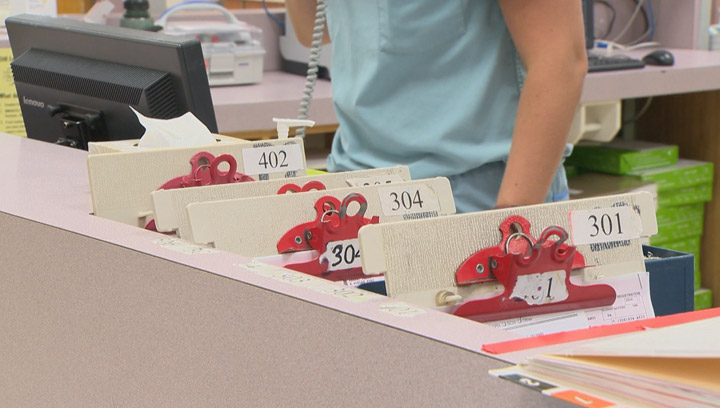WASHINGTON – The government is expanding its “mystery disease” program, funding a network at six universities around the country to help diagnose patients with diseases so rare they’ve been told they’re undiagnosable.

The National Institutes of Health has evaluated hundreds of these cold-case patients in its campus research hospital as part of a pilot program since 2008. Demand is so great, there’s a waiting list.
So on Tuesday, the agency announced the NIH Undiagnosed Diseases Network, a four-year, $43 million initiative to bring more doctor-detectives on board in the quest to at least put a name to more patients’ puzzling symptoms, and eventually find treatments.
READ MORE: Siblings with rare disease could hold key to stopping deadly viruses
The centres include: Baylor College of Medicine in Houston, Duke University, Stanford University, University of California, Los Angeles, Vanderbilt University and the Harvard University teaching hospitals Brigham and Women’s, Massachusetts General and Boston Children’s.
The network “will focus on the rarest of disorders, often those affecting fewer than 50 people in the entire world,” said Dr. Eric Green, director of NIH’s National Human Genome Research Institute.
It’s a field that can be “bleak and frustrating” for patients and doctors alike, said NIH program director Dr. William Gahl.
More than 3,000 patients have applied to the pilot program, which so far has enrolled about 600, NIH said. Gahl put the “solve rate” at about 25 per cent. Scientists say newer, more powerful genetic technologies give hope for unraveling the cause of more of these mystery diseases.
- What is a halal mortgage? How interest-free home financing works in Canada
- Capital gains changes are ‘really fair,’ Freeland says, as doctors cry foul
- Budget 2024 failed to spark ‘political reboot’ for Liberals, polling suggests
- Peel police chief met Sri Lankan officer a court says ‘participated’ in torture
READ MORE: Canadian doctors launch rare disease database
Louise Benge of Brodhead, Kentucky, and her siblings suffer debilitating pain in their hands and legs. After she enrolled in the pilot program, researchers discovered they inherited a rare genetic defect that makes calcium build up just in the arteries that feed those limbs, making walking and other movements difficult. Now researchers are testing a medication.
“They have been really good about helping us and trying their best to figure out something for us to be able to get our life back without having all this pain,” Benge told reporters Tuesday.
How the network will operate: The NIH will continue evaluating about 130 to 150 patients a year. The universities will gradually add additional ones until, by the summer of 2017, each should be admitting about 50 patients a year.
READ MORE: Identical triplets receive chemo in fight against rare eye cancer
Participating patients spend a week in the designated centre for head-to-toe examinations and testing. NIH said no patient would be turned away from the program because of lack of insurance although each centre would decide how to handle coverage.
—



Comments